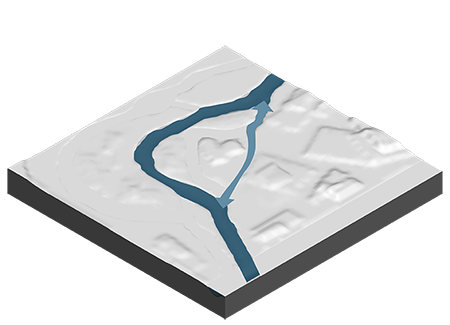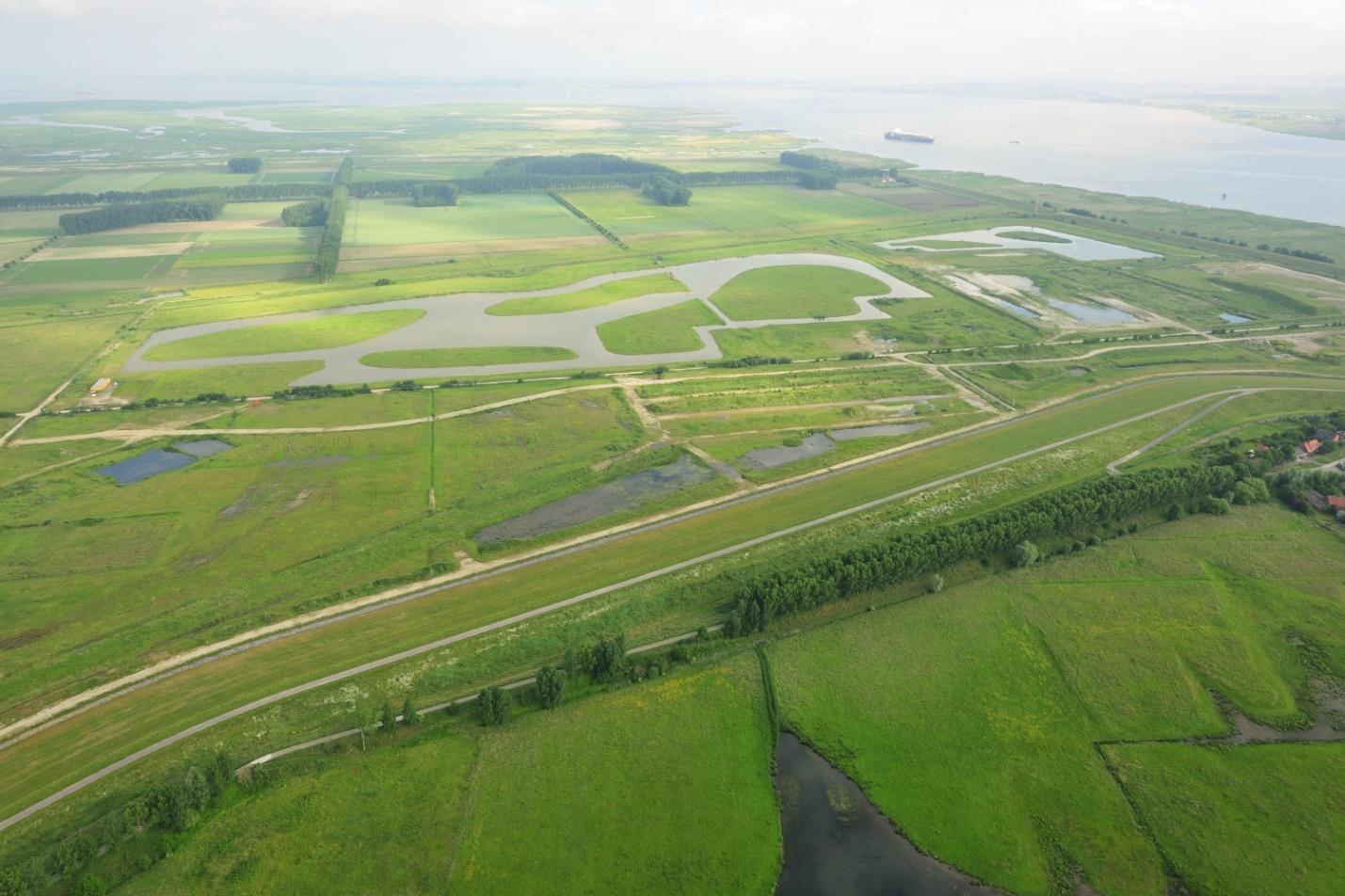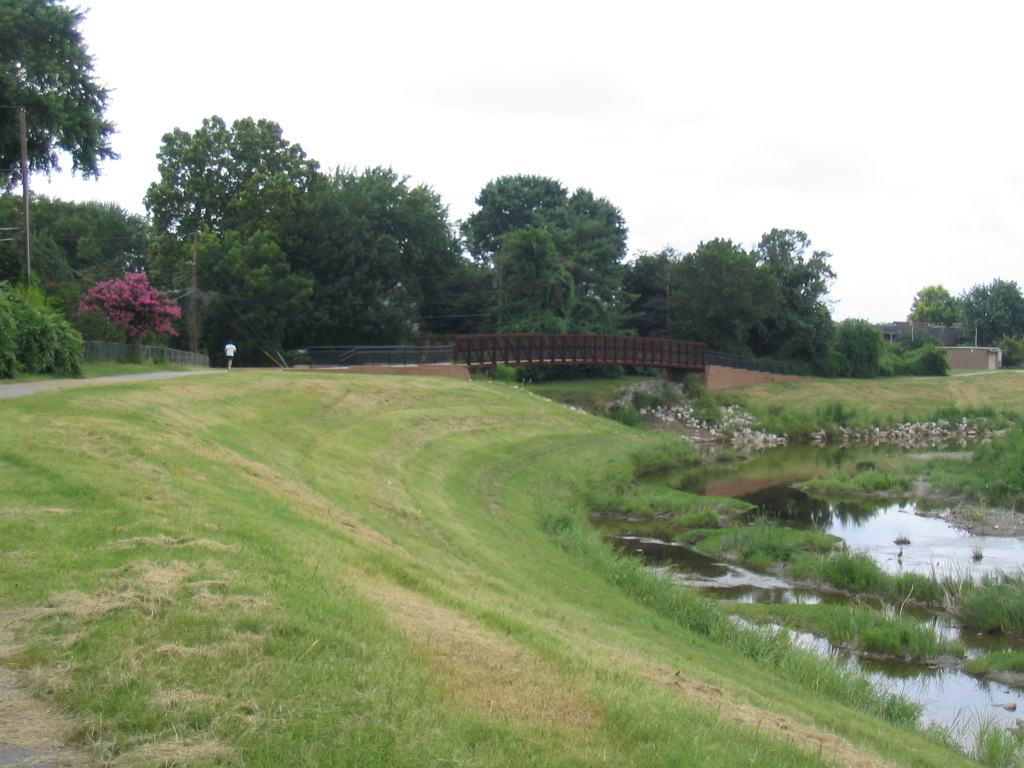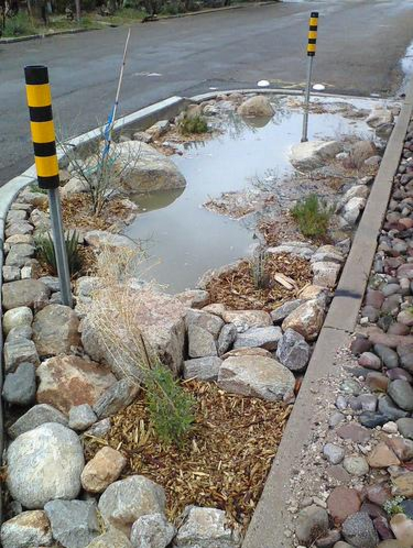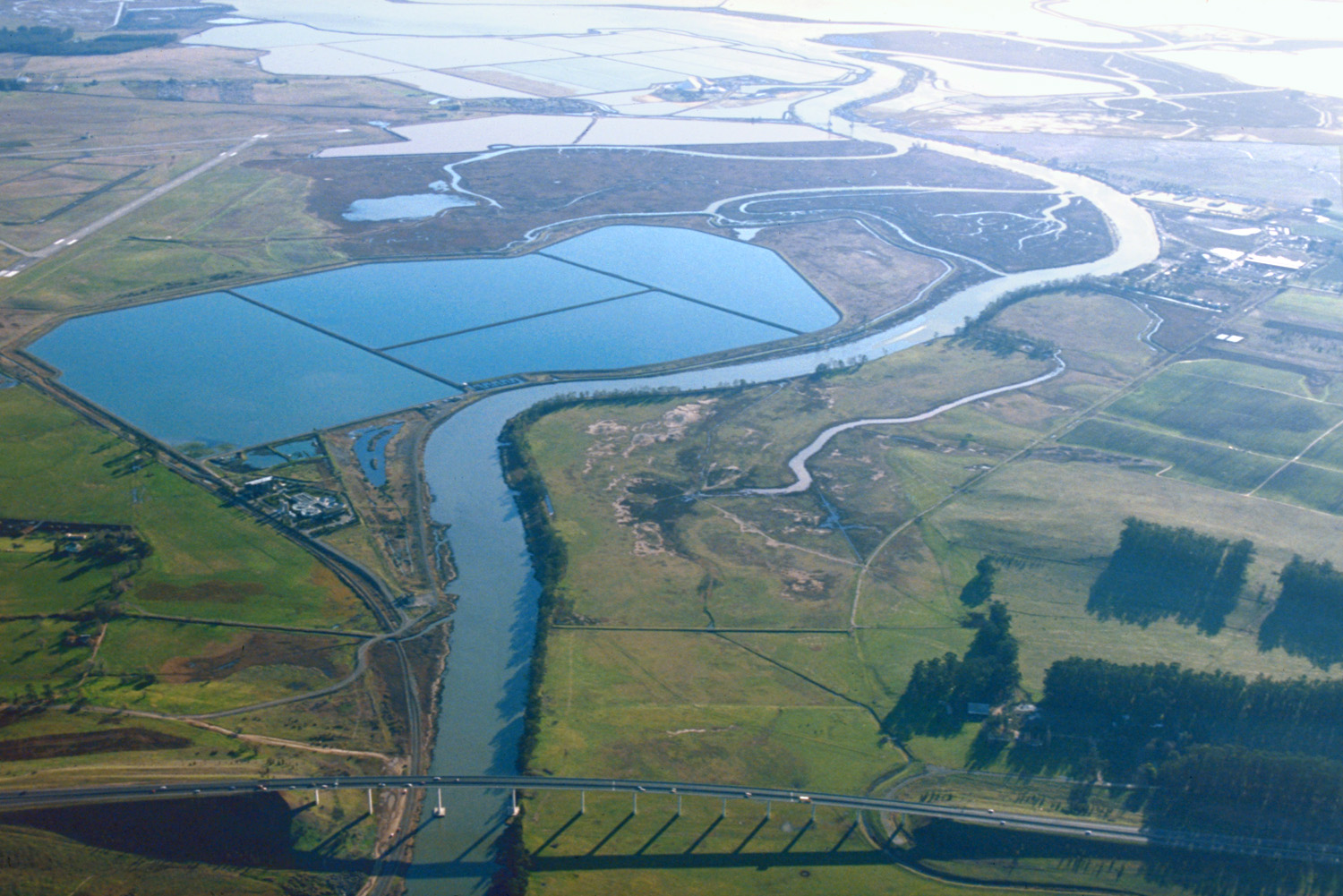Flood Bypasses
A flood bypass is an area along a river or within a floodplain that is intentionally kept undeveloped so that it is able to receive diverted excess flood waters from a river in order to reduce the risk of flooding in a nearby specific area, such as a city or business district.
Hazard Mitigation
Flood bypasses reduce the impacts of riverine flooding by improving floodwater conveyance in a particular area and redirecting flood waters around developments or other important areas in the floodplain.
Siting Considerations
Flood bypasses require a significant amount of space and the ability to return the floodwaters back to a main channel. The channels can be a quarter of a mile to several miles long depending upon the location of the at-risk development in the floodplain.
This strategy can be effective in reducing flood damages where communities have a significant amount of at-risk development where acquisition would be cost prohibitive. It can be an alternative to constructing levees for flood protection.
Costs
The primary costs associated with creating flood bypasses comes from the acquisition of the land necessary for the bypass and any modifications – primarily excavation – that may need to occur to that land. Therefore this can be a very expensive option, depending on local real estate values. However, if there is a significant amount of development at risk it may be cost effective. It is important that a detailed cost benefit analysis be conducted.
Co-Benefits of the Strategy
If constructed properly bypasses can provide valuable wetland and aquatic habitat. In addition, unlike levees, bypasses do not block lateral connectivity between the river and its floodplain.
Flood bypasses have also been used to create green spaces in the downtown areas of riverine communities, serving as community assets for recreation and gathering, creating an economic development opportunity and increased land value associated with the proximity to green space.

Maintenance Considerations
The primary concern associated with flood bypasses is the collection of sediment and the impacts if may have on floodwater conveyance. Regular monitoring is recommended to ensure that the bypass will function appropriately when needed and, if necessary, regrading or removal of sediment is recommended. If the area designated as a bypass is also intended to create some type of natural habitat it is important to control invasive species since they are common in disturbed areas.
Similar or Complementary Solutions
Implementation of flood bypasses may require open space acquisition and/or moving people out of harms way to ensure that there is an available route for floodwaters to take. Flood bypasses can also be combined with waterfront parks to create a community amenity that is usable outside of flooding events. Creating floodwater detention areas is an option that can be considered when there is no effective route for a flood bypass to be used. While larger land area is needed when creating floodwater detention areas then when constructing flood bypasses there is a greater potential for the land to be used for agriculture since the floodwaters are lower in velocity and are less likely to cause erosion.
Additional Resources
FEMA has compiled some basic guidance on Floodwater Diversion and Storage projects, including flood bypasses.
